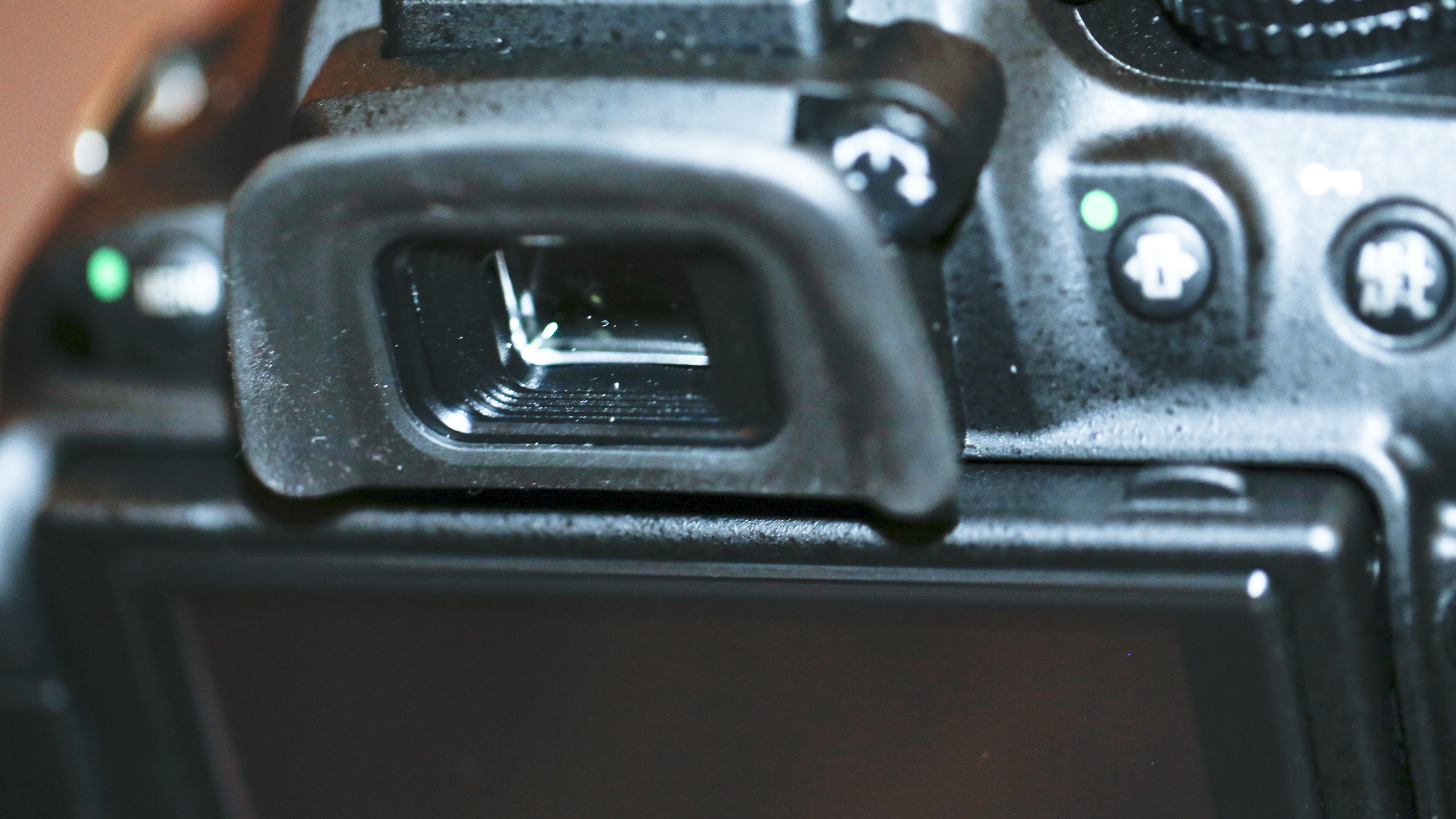Why you can trust TechRadar
Most people would be hard pressed to tell the difference between the Nikon D5200 and the Nikon D5100, since they look almost identical, although the new camera has a drive mode button on its top-plate and the Nikon D5100 doesn't.
In addition, the specification sheets reveal that the cameras' three dimensions each vary by 1mm (0.04 inch) and that the Nikon D5200 is 5g (0.18oz) lighter than the older camera.
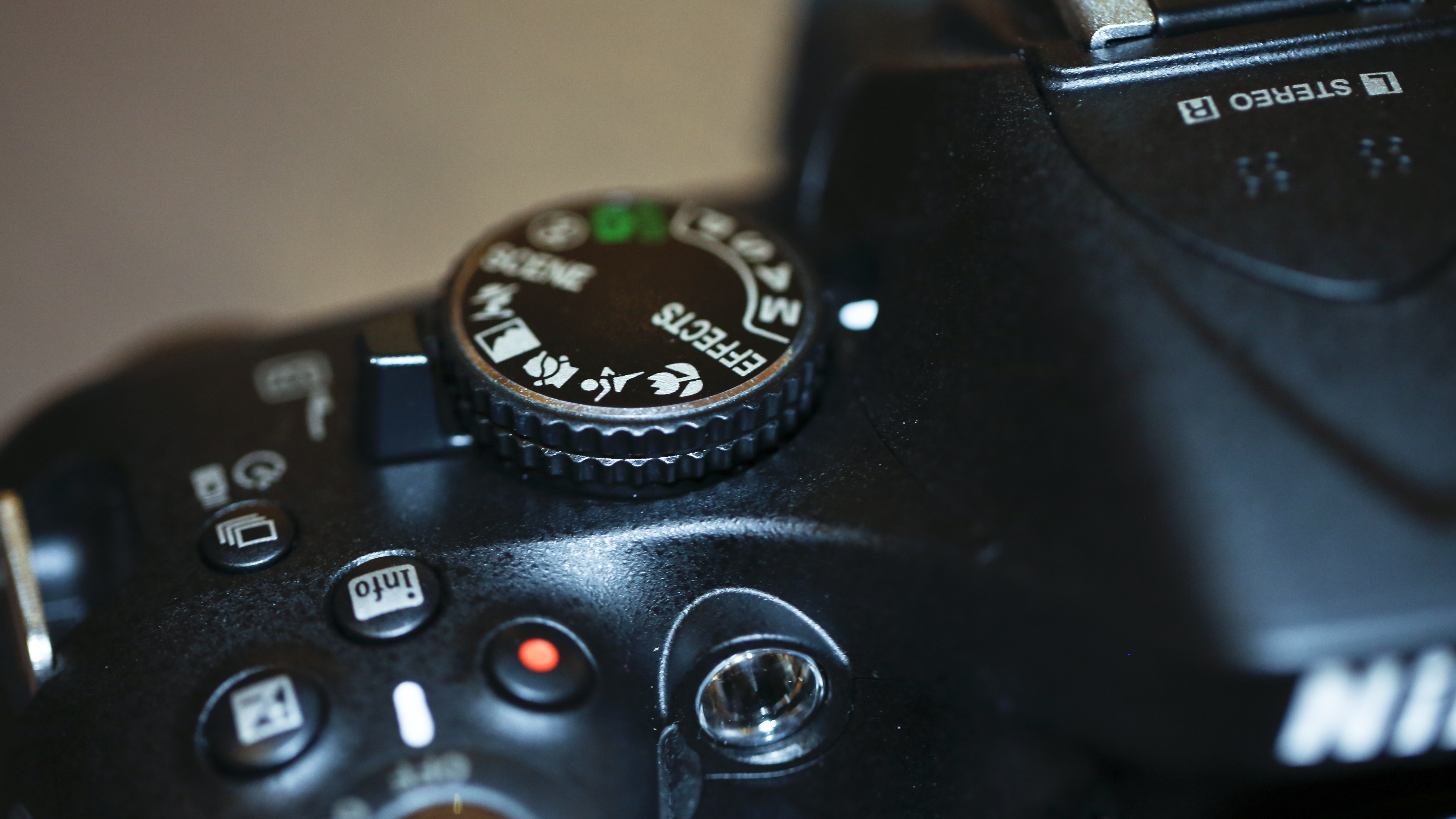
This weight reduction hasn't been made at the cost of build quality, however, because the Nikon D5200 still feels nicely put together and doesn't protest when squeezed in the hand.
Those with small hands will find there's just enough room on the rubber-coated grip to accommodate three fingers, but most users will find it more comfortable to curl their small finger under the camera body while they hold the camera with their index finger on the shutter release.
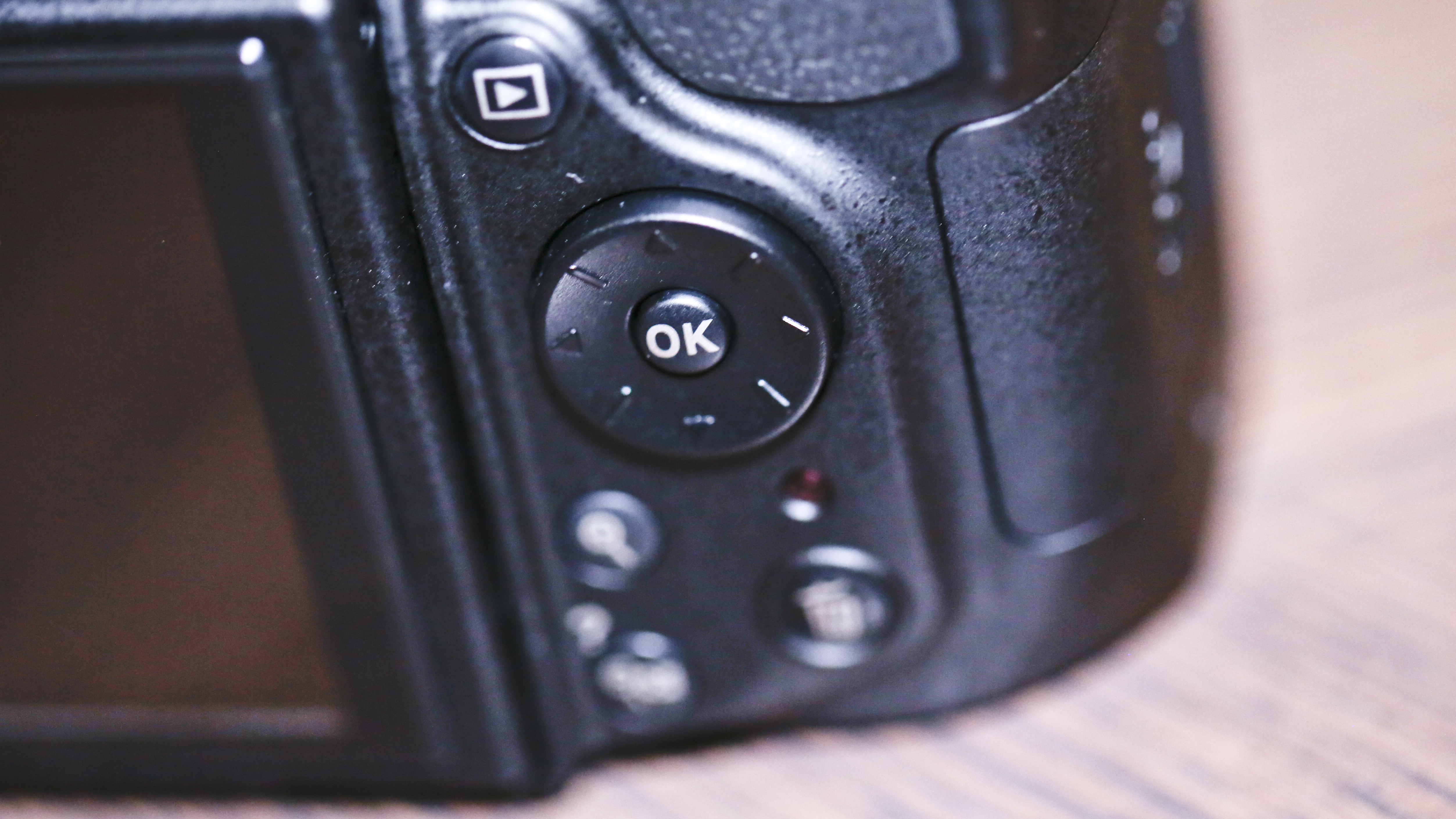
Nikon has stuck with the same 3-inch 921,000-dot variangle LCD screen seen in the Nikon D5100 for the Nikon D5200.
This is useful for composing images from a wide variety of angles - even table-top still life images can be shot more comfortably, because there's less neck craning. But it's a little disappointing that the company hasn't made the screen touch-sensitive.
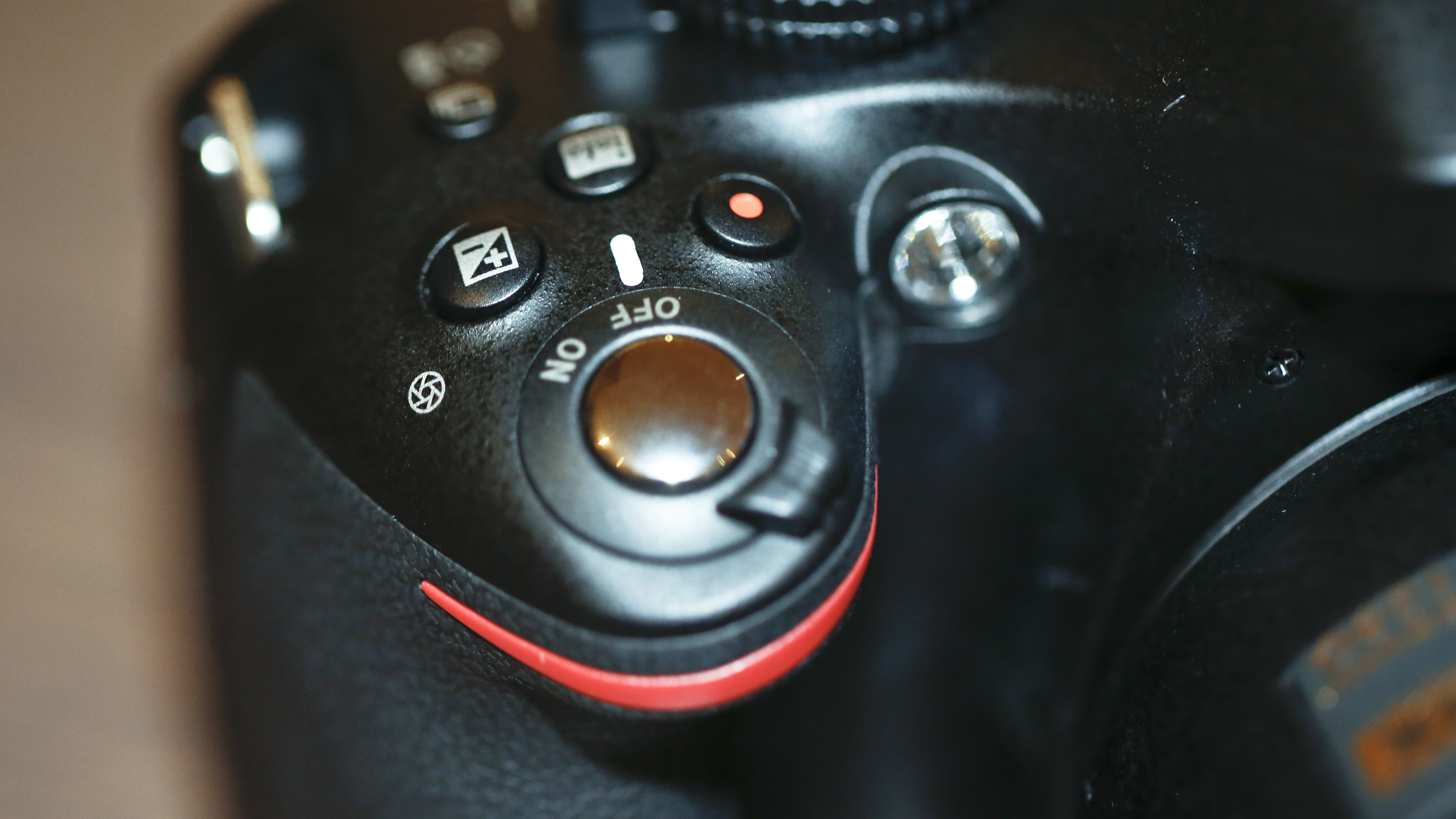
While the control layout of the Nikon D5200 is the same as that on the Nikon D5100, the graphic user interface (GUI) has been updated, and it looks cleaner and more modern.
Sign up for breaking news, reviews, opinion, top tech deals, and more.
Also like the Nikon D5100, there are relatively few buttons on the Nikon D5200, and most settings adjustments are made via on-screen controls.
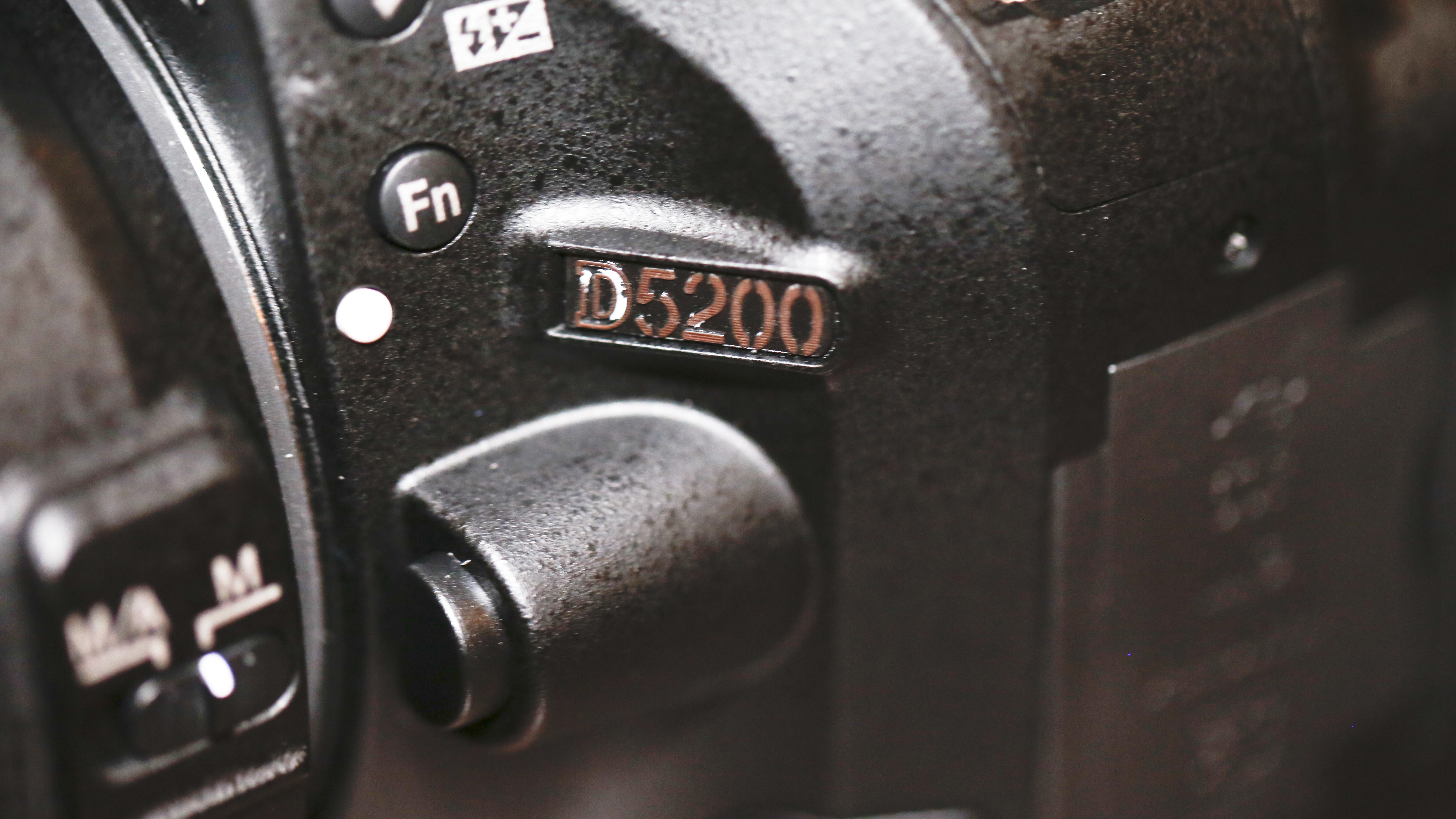
Pressing the 'I' button on the back of the camera brings up the information screen, which displays 14 features that may be adjusted - depending upon the shooting mode.
Settings changes are made by navigating to the desired feature, pressing the OK button and then selecting the desired option.
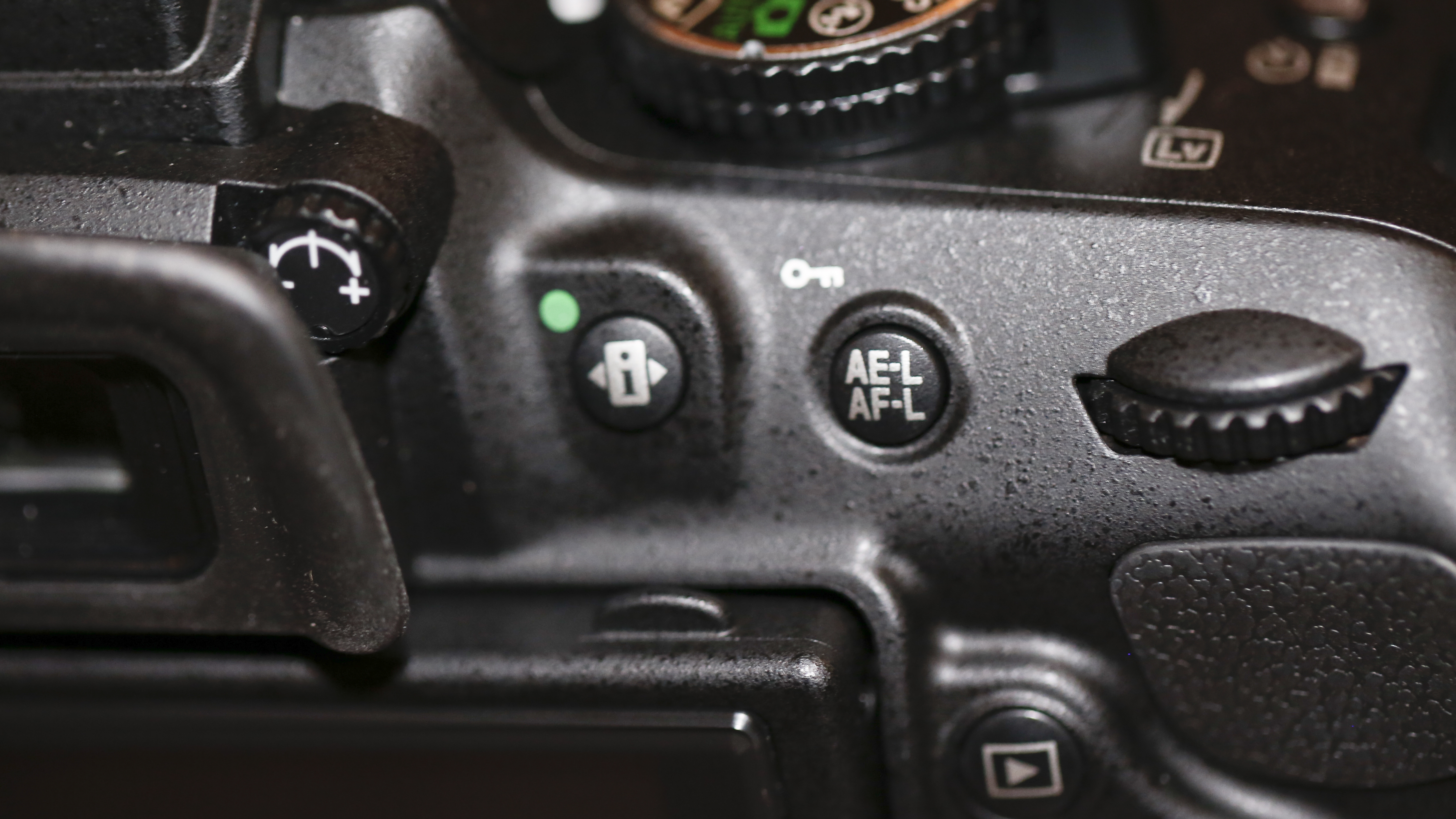
While this a simple and effective approach, many enthusiasts may prefer to have a few more direct controls.
If the screen was touch-sensitive it would also make changing the on-screen settings quicker.
